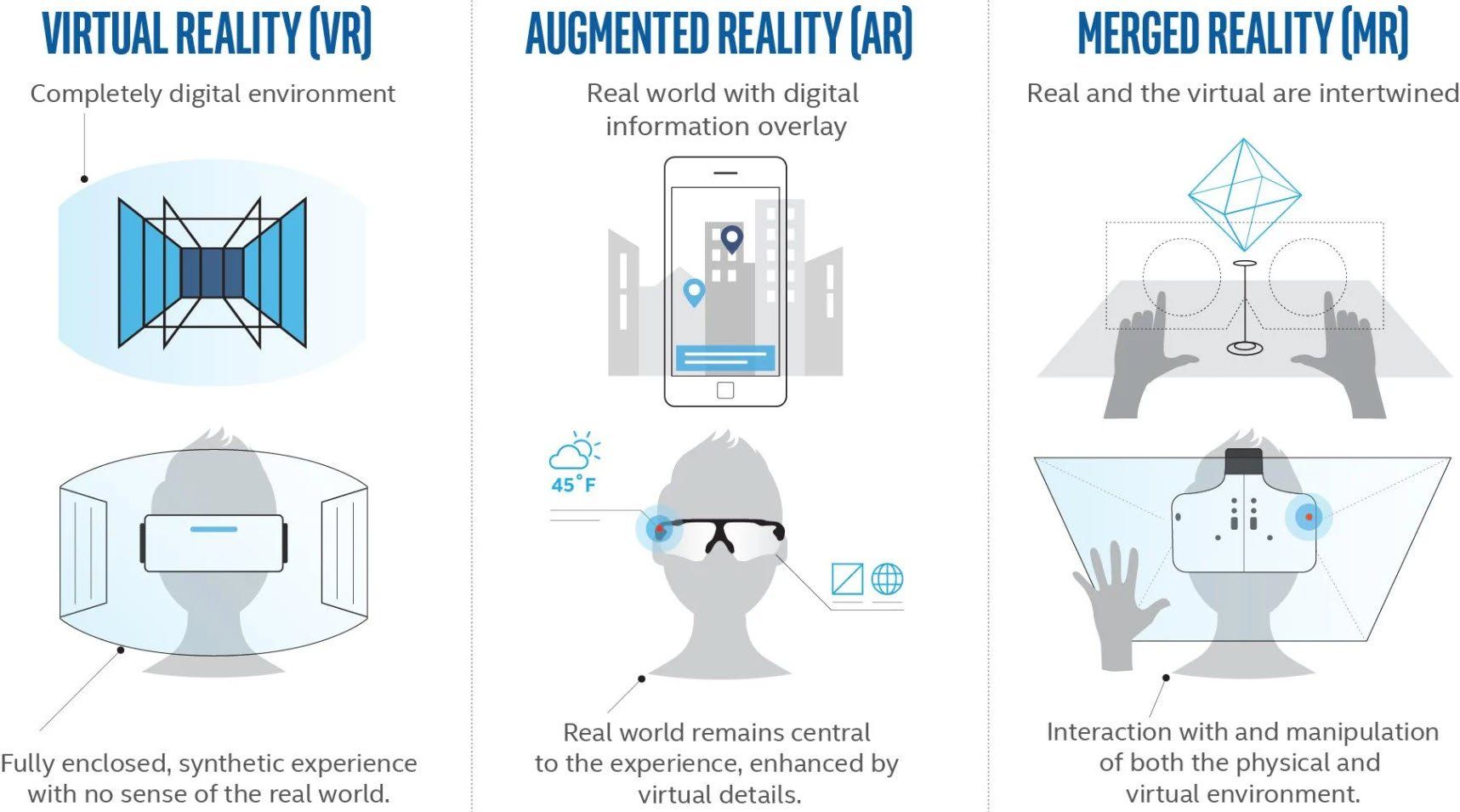Immersive technologies: Improving scenario-based learning and leadership training through virtual environments
Aows Dargazali
13th December 2022

We all make thousands of choices and decisions every day. It’s actually estimated that the average adult makes up to 35,000 decisions each day in the course of their daily life. Many of the decisions we make are almost instinctive. We make them easily without too much thought, anxiety or stress. This is because our life experiences have taught us how we should feel and respond in familiar situations and circumstances.
But when we’re placed in unfamiliar, critical situations where we need to make a quick decision, our physiological responses can kick in. We might freeze or panic – either failing to make a decision in time or making an incorrect decision in haste.
For many of us, we’re lucky enough that these unexpected situations don’t come around too often. But there are certain professions and situations where people need to expect the unexpected. They need to be prepared to make decisions in unfamiliar, high-pressure scenarios.
People that work in policing, healthcare, education, politics or leadership roles can find themselves in these situations frequently. They often find themselves having to weight up the risks and benefits in highly uncertain situations.
Fortunately, recent advances in immersive technology can deliver scenario-based learning experiences that recreate the tension and physiological responses of unfamiliar situations. This can help improve critical decision making in high-intensity environments.
What is immersive learning?
Immersive learning is an exciting and innovative way to deliver scenario-based training. It uses immersive technologies like virtual reality (VR), augmented reality (AR), and virtual worlds to help create an engaging and immersive experience for learners.
The use of immersive technologies in learning can not only help engagement, but it can also improve the retention of information up to 75% from traditional training based on studies from the National Training Laboratory.
The realistic nature of modern immersive learning applications can also help learners understand and train their physiological responses to real-world scenarios. It’s a great way for people in healthcare, education, policing and politics to safely practice critical scenarios and leadership training in a virtual environment.
Immersive technology is evolving and improving all the time. Technological giants like Apple, Sony, Samsung, HTC, Microsoft and Meta are innovating in the space and pushing the boundaries of what is possible. The global investment in immersive technologies is increasing and reach $12 billion in 2022.
All of these tech giants have a commercial interest in making the technology affordable, accessible and easy to use for businesses and consumers.
Why is immersive learning better than textbook, classroom or role play based learning?
You can read all the relevant textbooks about how you should respond to certain critical situations in the real world. You might even have the benefit of an experienced tutor that can explain how they felt in certain situations, and how they responded.
But until you’re placed in the real-world situation yourself, you don’t know how you’re going to react. You don’t know what’s going to happen when your physiological responses to threats, danger or unexpected events are triggered.
The best way to help train your physiological responses is with scenario-based training. This might historically have involved ‘role playing’ critical situations with trained professionals and actors. But this can be very costly and isn’t scalable. It’s also not easily repeatable, with learners unable to revisit the training on a regular basis.
Immersive technologies can deliver scenario-based training that is cost effective, repeatable, and scalable. The same scenario-based training can be delivered to learners all over the world, with scenarios revisited any time they want.
With the current rate of technological advances, we anticipate that immersive technologies are going to be increasingly important for the training of critical decision making and leadership training through virtual environments.
Where is immersive technology currently being used to help critical decision making?
One of the best examples of immersive technologies in action for scenario-based training is Trainer.
Trainer is an initiative by Jigsaw (a department within Google) that helps law enforcement officers improve their de-escalation skills.
It uses a combination of VR technology, voice recognition and natural language processing to create a realistic virtual training environment for a number of de-escalation scenarios.
But Trainer isn’t the only scenario-based training solution to use immersive technologies.
What is UniHouse planning in the field of immersive technology?
The potential applications of immersive technologies for scenario-based learning are exciting. At UniHouse, we’re positioning ourselves to be at the forefront of this wave of technological change.
We are working with leaders in the tech industry to develop immersive learning solutions that will revolutionise how people learn for career development, language, and life-related decision making. One of the most effective applications of our technology is going to be leadership training through virtual environments and the transformation of textbooks into an immersive learning experience.
To find out more, get in touch or read about WISLE (Workplace Immersive Skills and Language Experiences) on our site.



